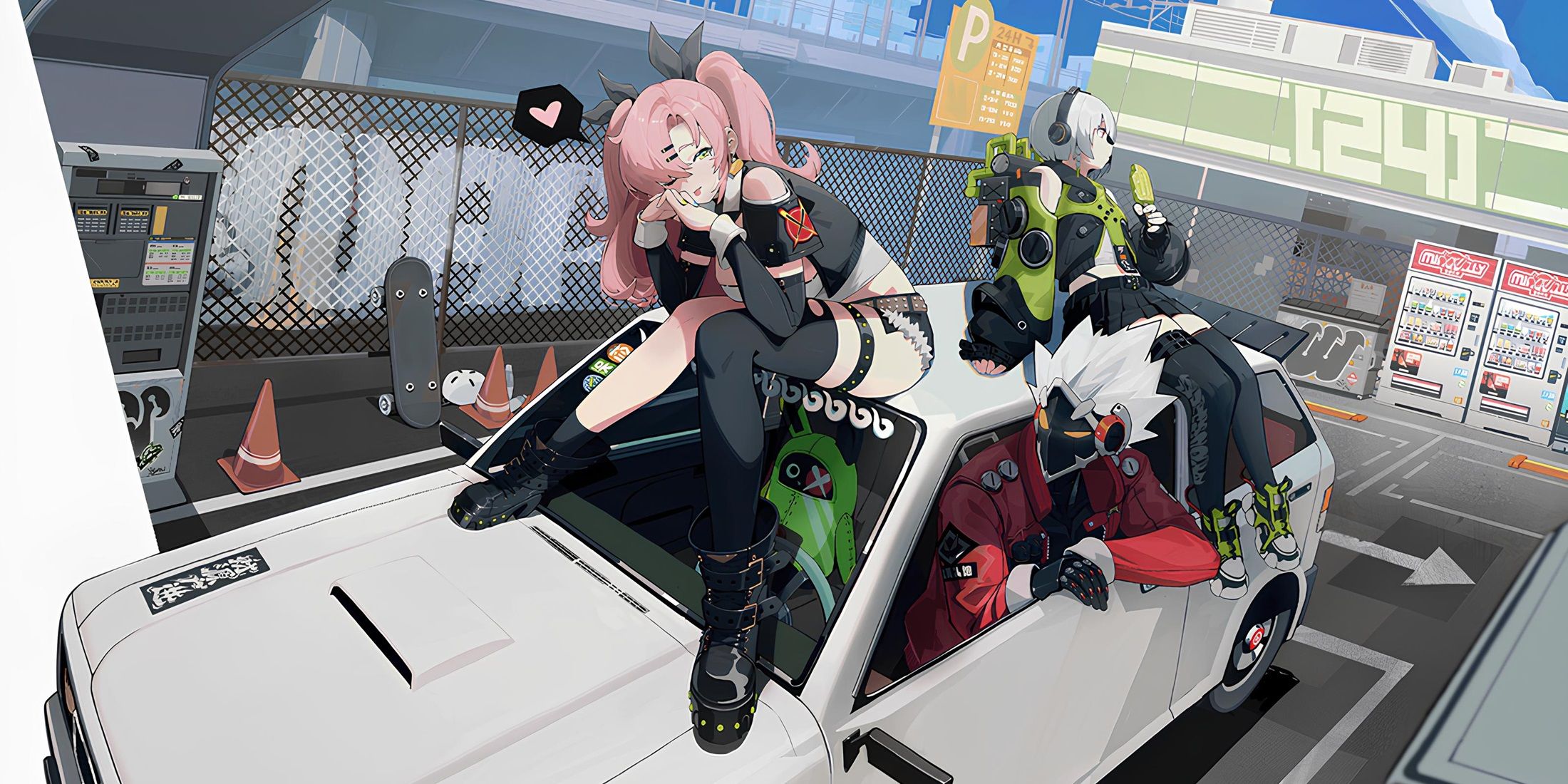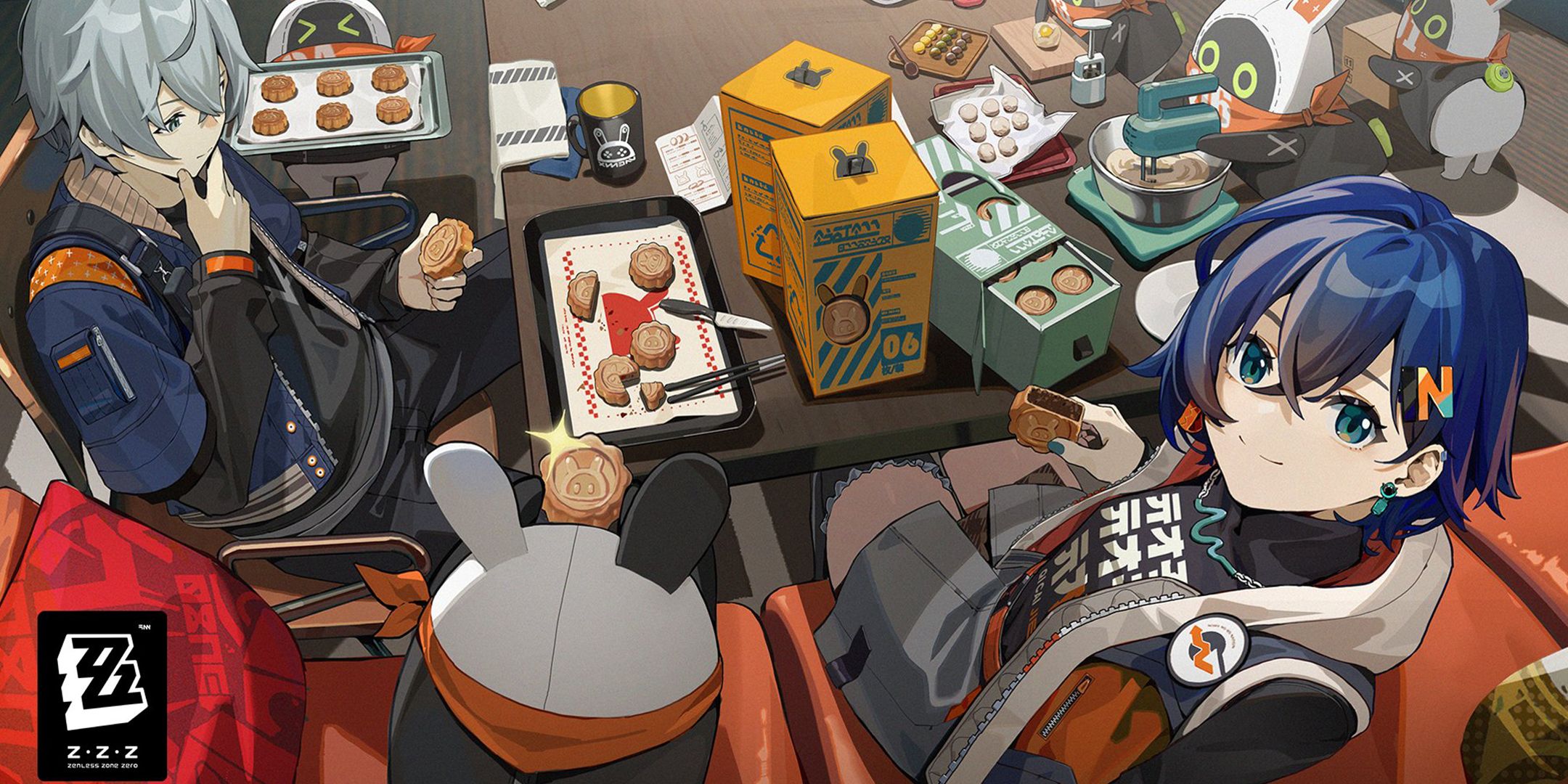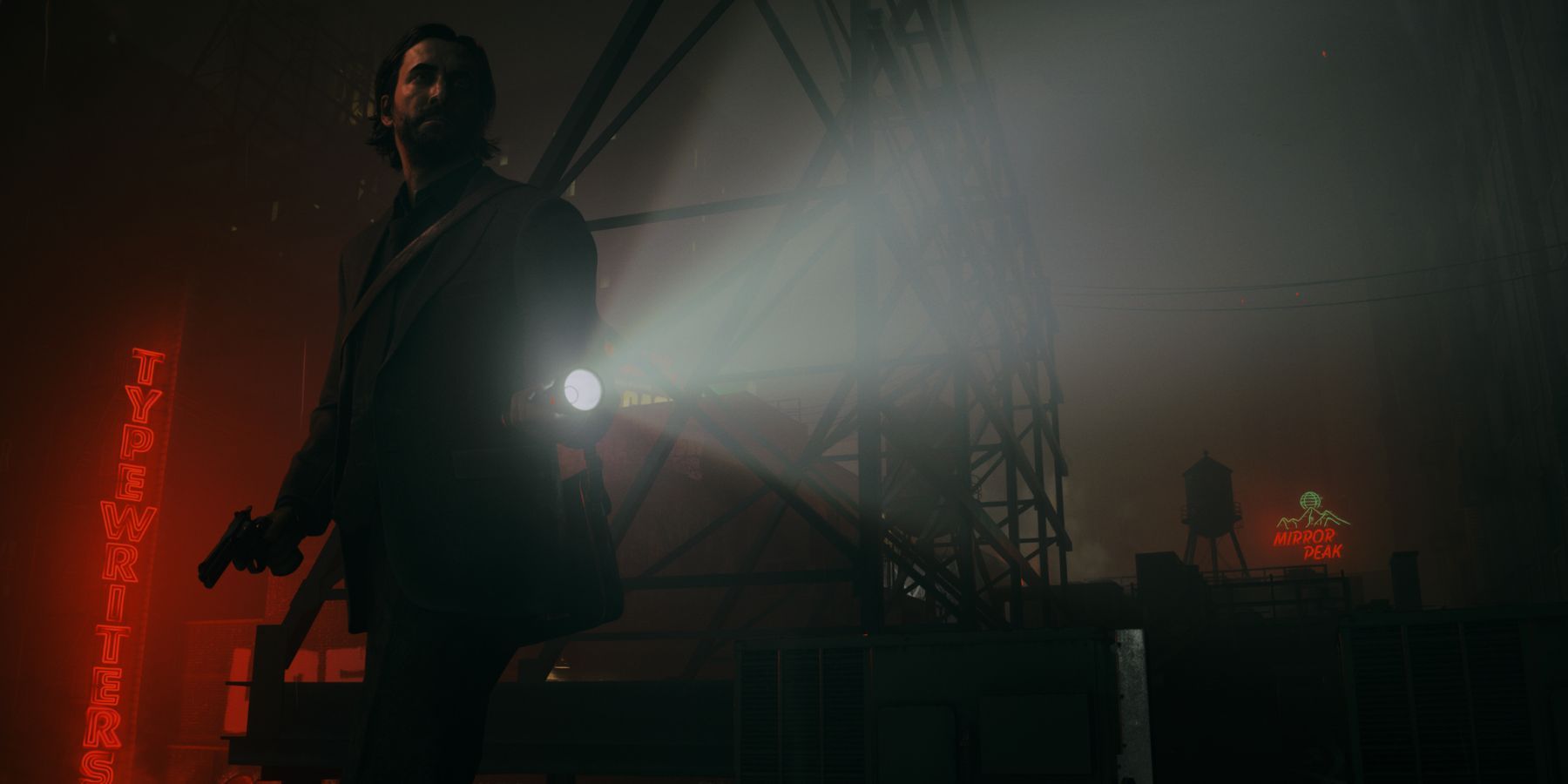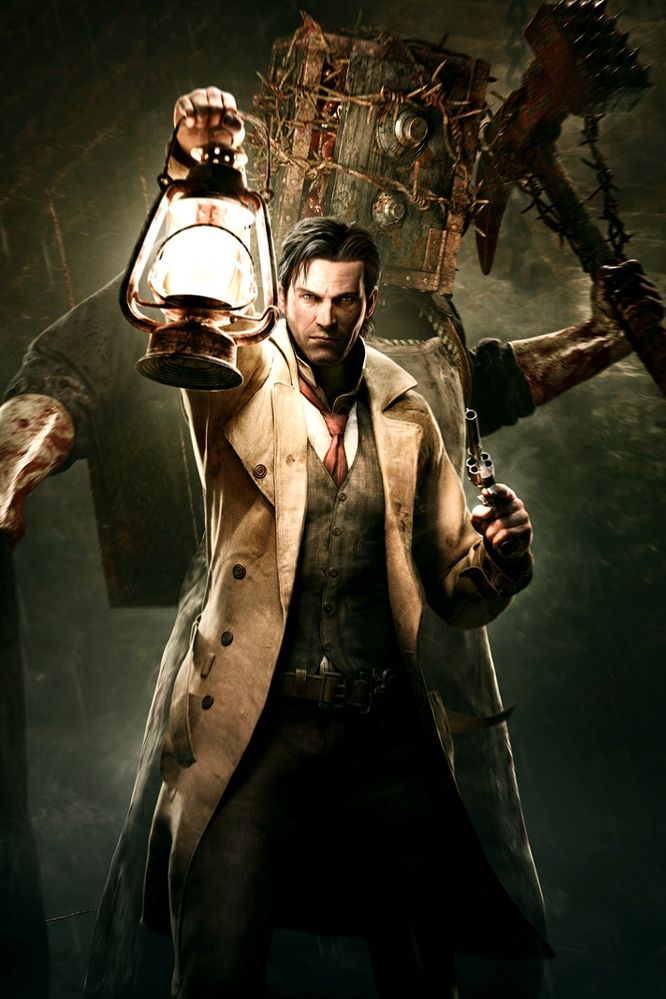Highlights
- Alan Wake 2 embraces the survival-horror genre with confidence and direction, setting it apart from other games that fail to engage with new features.
- The story of Alan Wake 2 is afforded cliffhangers and unresolved questions in the surrealist psychological thriller genre.
- The success of Alan Wake 2 as a survival-horror game should open the opportunity for other cult-hit IPs like The Evil Within to be reinvented in the same way.
Survival horror has never really been a niche genre, but it’d be true to say that few new IPs are able to successfully break into it and make a name for themselves like Resident Evil or Silent Hill have. That’s sometimes a result of games relying too much on their inspirations like The Callisto Protocol did, but also like The Callisto Protocol it usually comes down to a game not being confident or engaging with the new features it presents. That’s why a game like Alan Wake 2 is a rare breed—having a straightforward enough path to survival horror from its predecessor, it is undivided and unabashed in its direction.
It’s questionable whether Alan Wake 2’s story ends up making any more sense than the original’s, though that’s sort of forgiven when considering that’s what the surrealist psychological thriller genre affords. Its efforts in survival-horror gameplay are truly remarkable by adapting what’s become popular in modern titles of that ilk, and while the first Alan Wake was more of a niche, cult hit, its sequel will never be considered as such due to it being up for Game of the Year. Now would be the perfect time for another survival-horror cult IP, The Evil Within, to be reinvented in the same way.
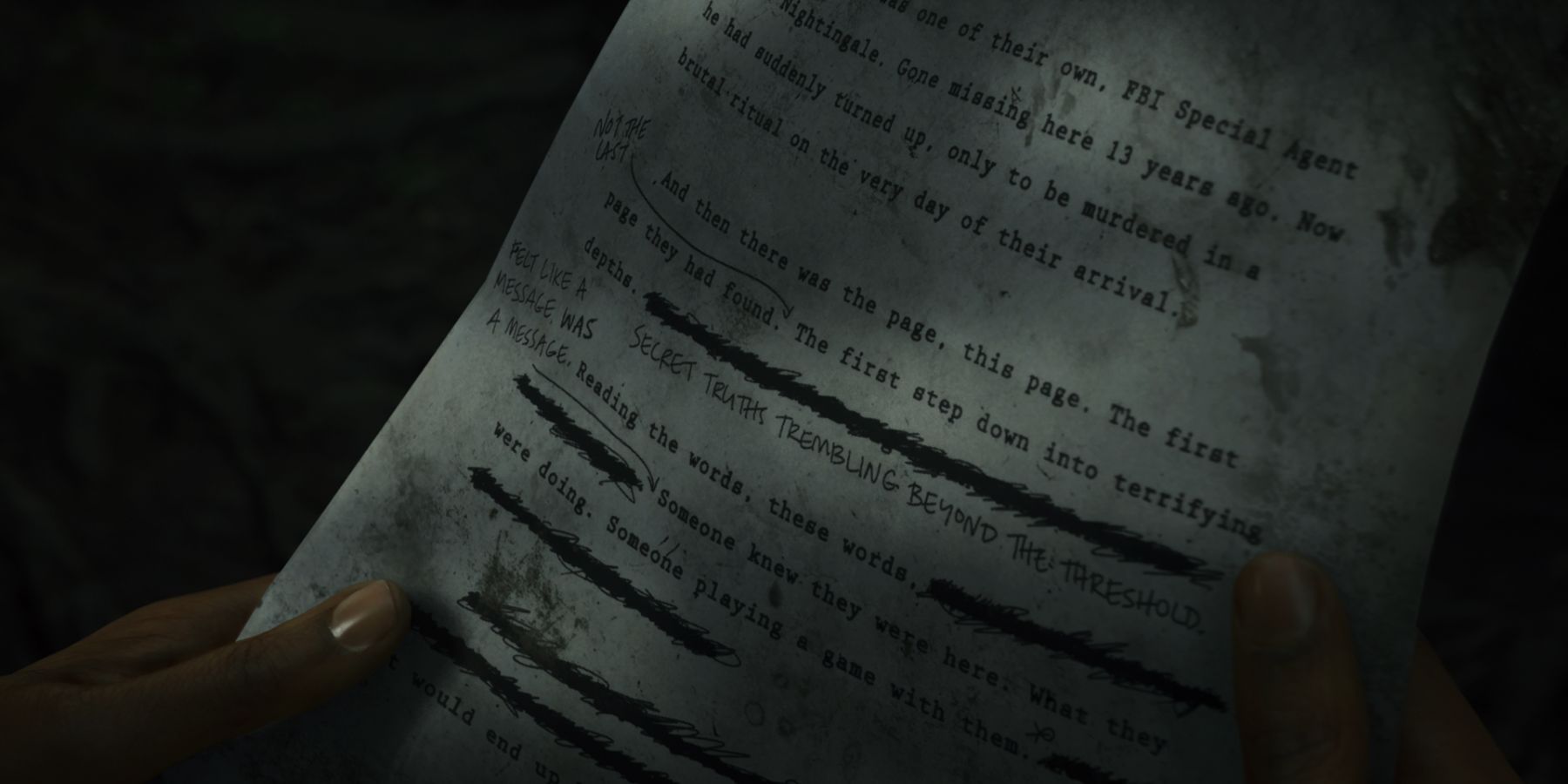
Alan Wake 2 Pulls Its Punches When It Comes to Writing a Horror Story
Alan Wake and Alan Wake 2 are billed as action-adventure and survival-horror titles respectively despite the sequel not being much scarier at all.
Alan Wake 2 Should Stir The Evil Within Back to Life
Survival Horror Helped Birth Alan Wake 2 Anew
Alan Wake 2 probably would’ve been received well if it had dug down deeper into action-adventure roots and didn’t bother exploring the survival-horror genre but taking advantage of how successful survival horror has been lately would’ve been an easy choice to make. Remedy has always been gifted at bizarre storytelling with convoluted science-fiction and thriller tropes, and therefore angling its new Alan Wake game into survival horror was a no-brainer.
Still, it’s remarkable how Remedy has grown as a developer since Alan Wake . While its catalog might be why many Remedy fans were interested in playing the sequel, it also helped that survival horror is a popular genre.
Remedy’s more than earned itself a household name, but Alan Wake was likely its least popular game or at least the one with the biggest cult hit status, rather than games like Max Payne or Control that have had a much wider audience and a greater general reception. The Alan Wake remaster clearly proved to be a refresher of the IP leading up to its eventual sequel, and Control’s DLC involving Wake showed how crucial the franchise would be to Remedy’s connected universe.
The Evil Within Deserves a Survival-Horror Renewal
To be fair, The Evil Within has always been in the survival-horror genre. The original was arguably much more grainy and macabre while the sequel was more narrative- and character-driven, but its most distinct trait was how claustrophobic it was. The Evil Within 2 was still fairly linear but introduced a mini-open-world map for players to explore. If any franchise has leftover potential that has not yet been picked up on it’s surely The Evil Within, and a third game or hard reboot could take the Resident Evil-flavored IP in stunning directions.
Unfortunately, while Tango Gameworks has since gone on to drastically change its tone and direction with Ghostwire: Tokyo and Hi-Fi Rush, it’s uncertain if The Evil Within will ever be taken off the shelf and revived in any capacity. It wouldn’t even need to feature Sebastian Castellanos again since a new protagonist and setting would make sense after the closure Sebastian received in The Evil Within 2, but a rehashing of The Evil Within nonetheless would be a welcome survival-horror treat depending on how it adapts its designs to modern sensibilities.

